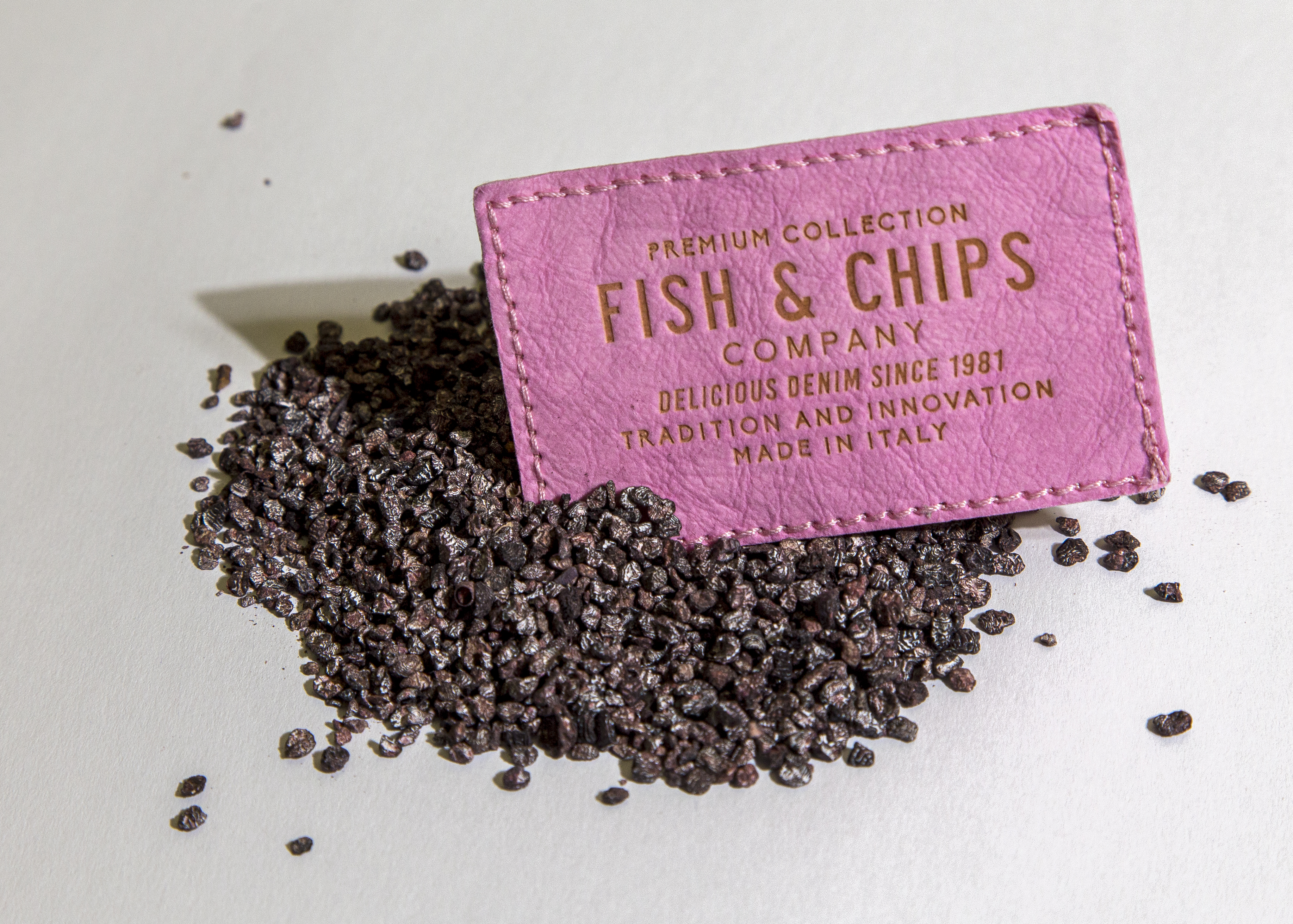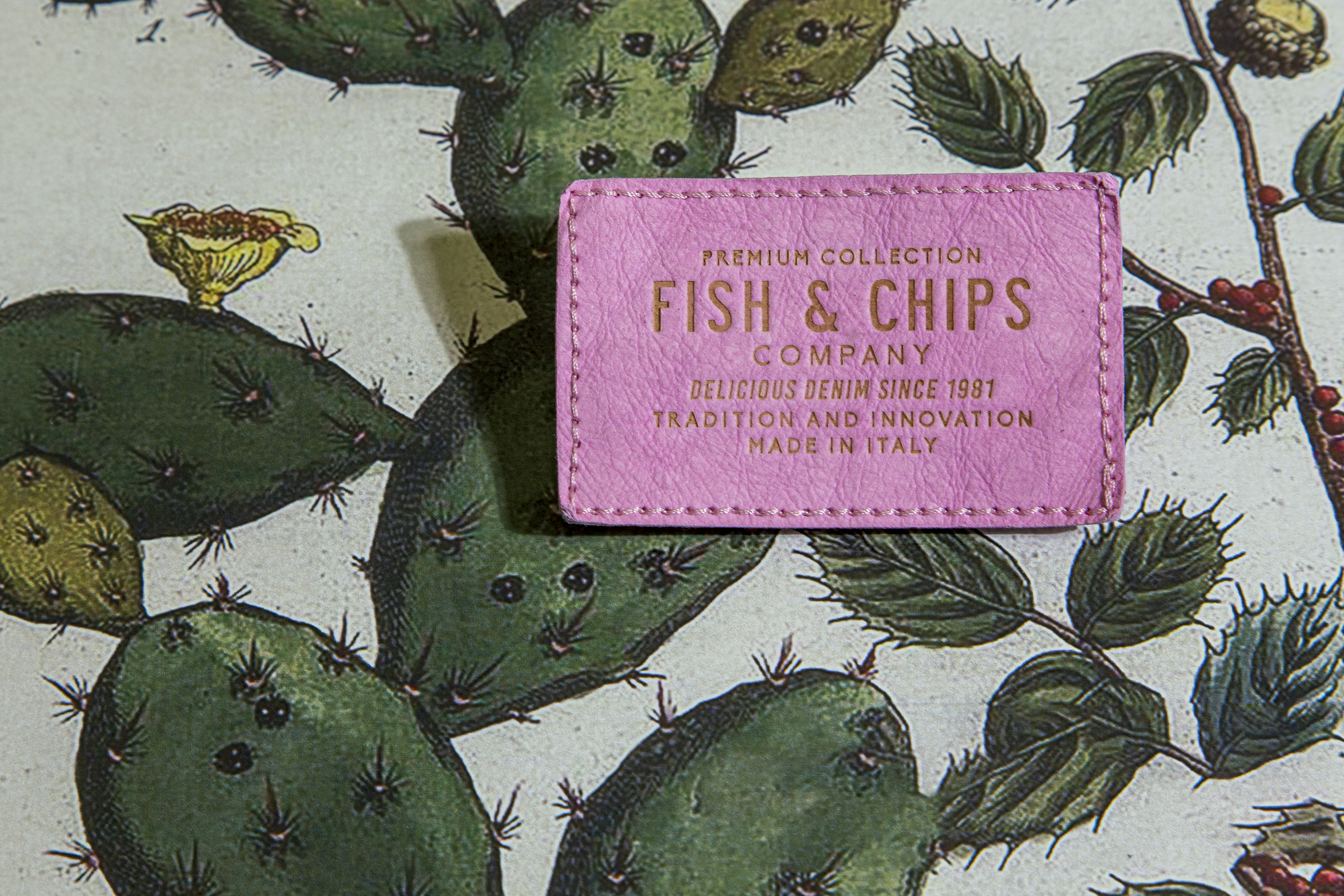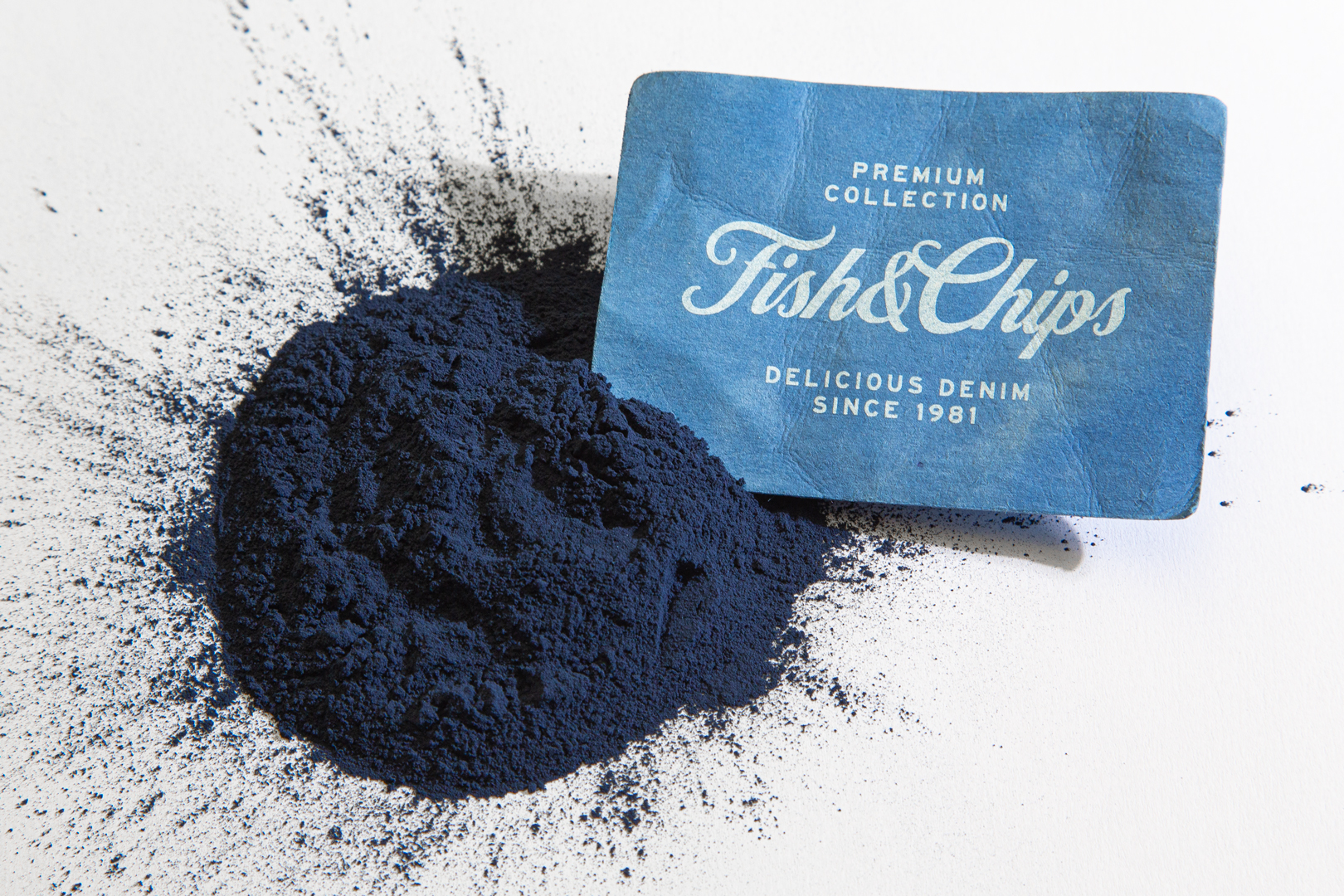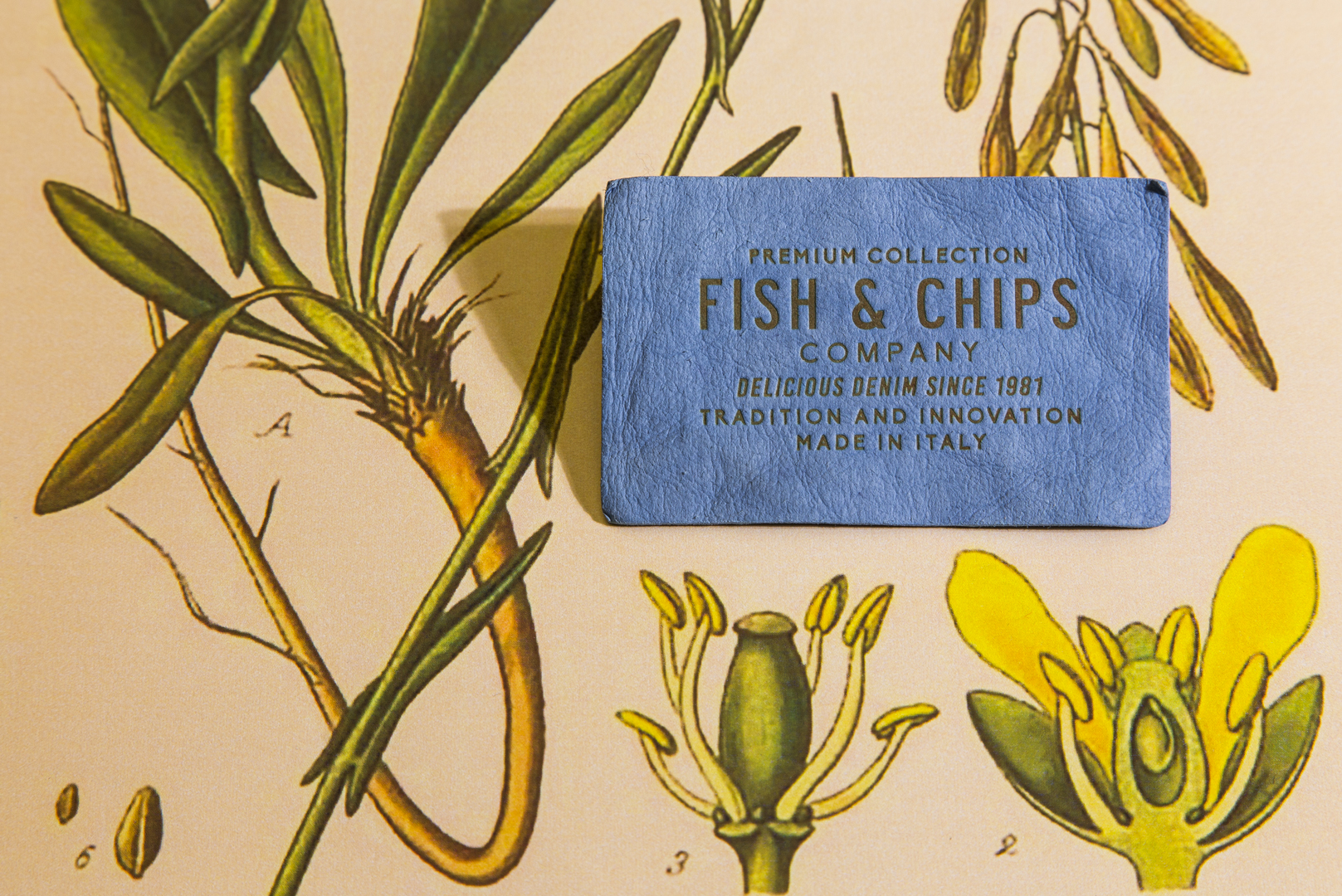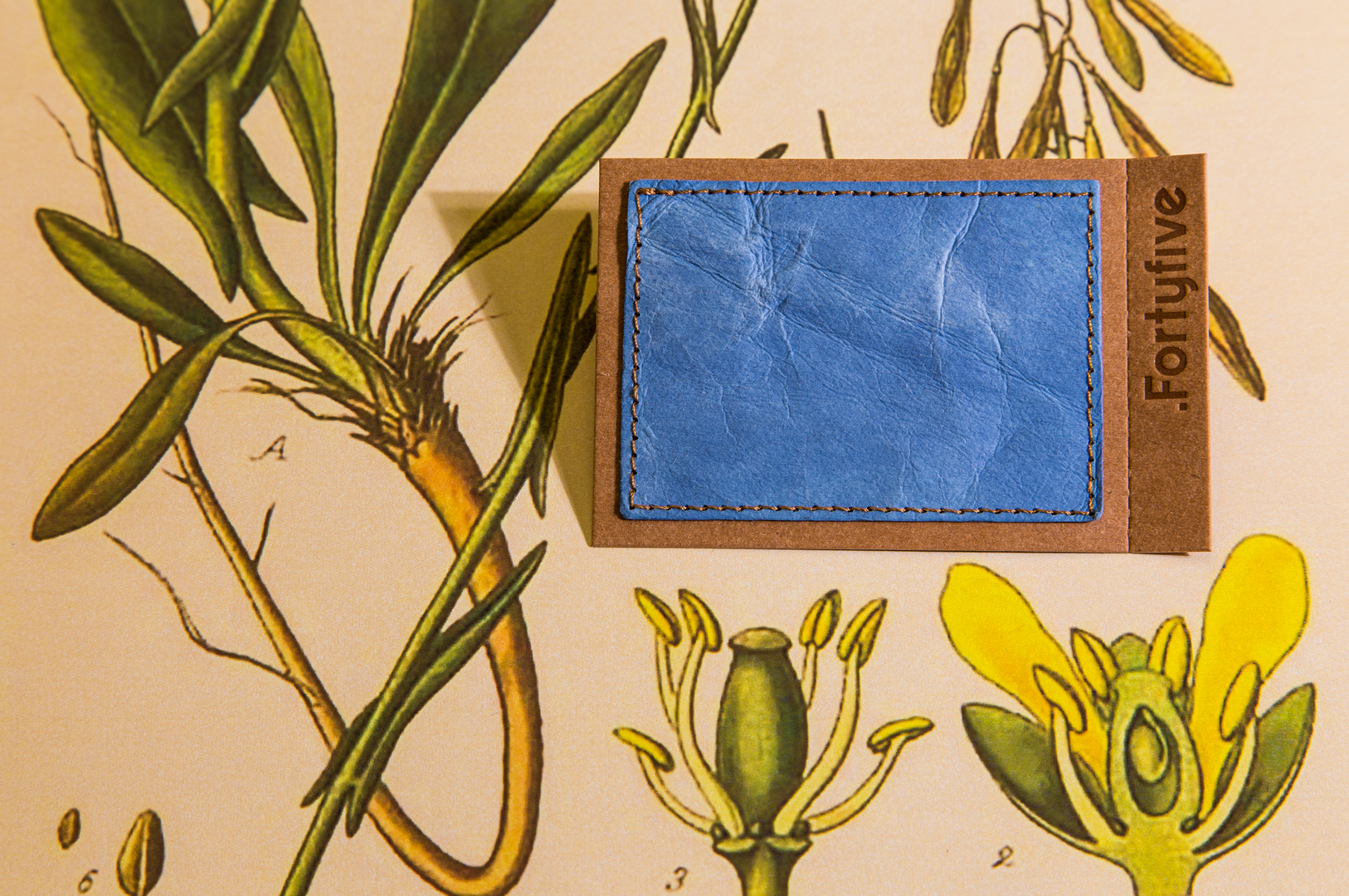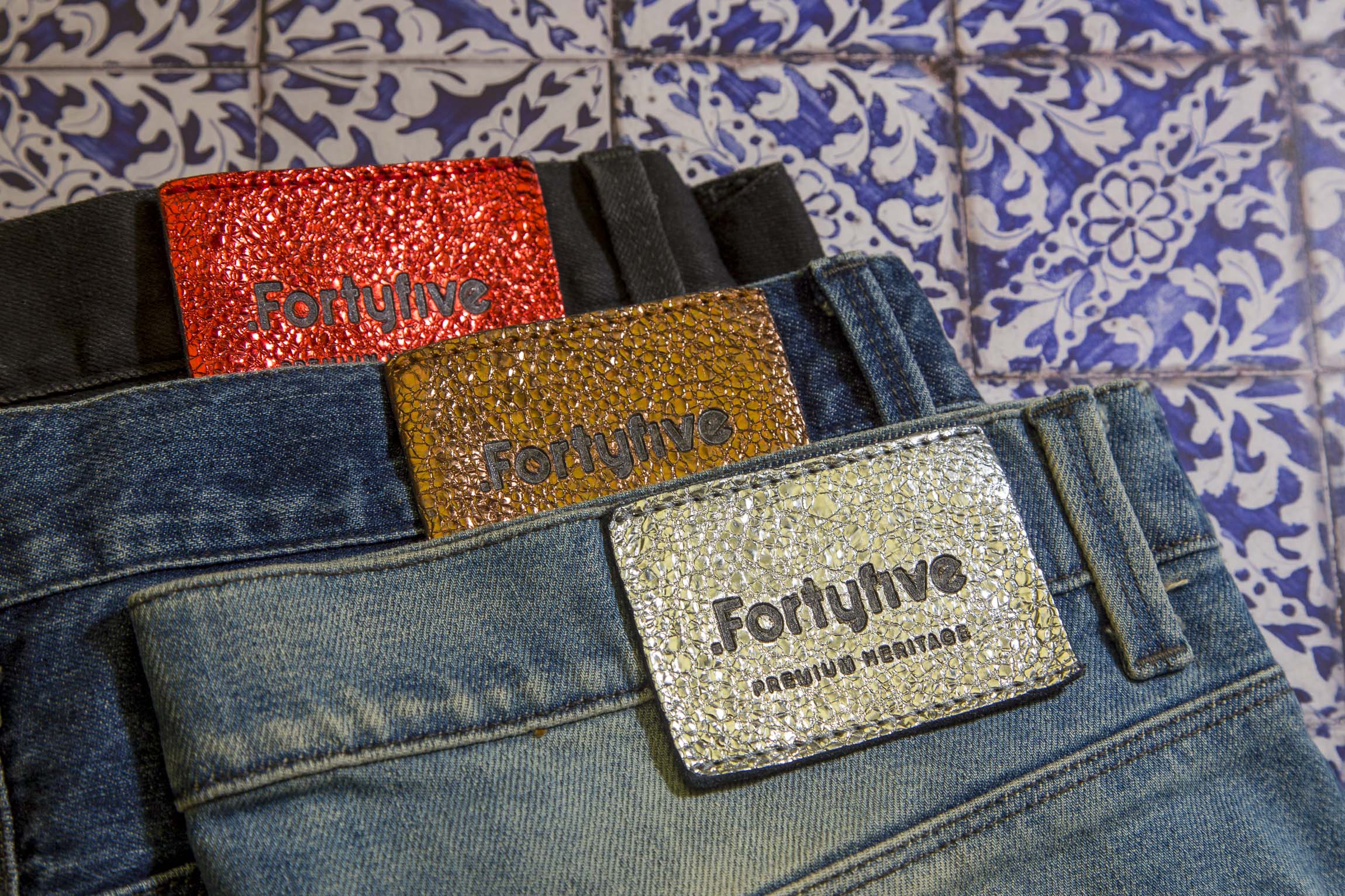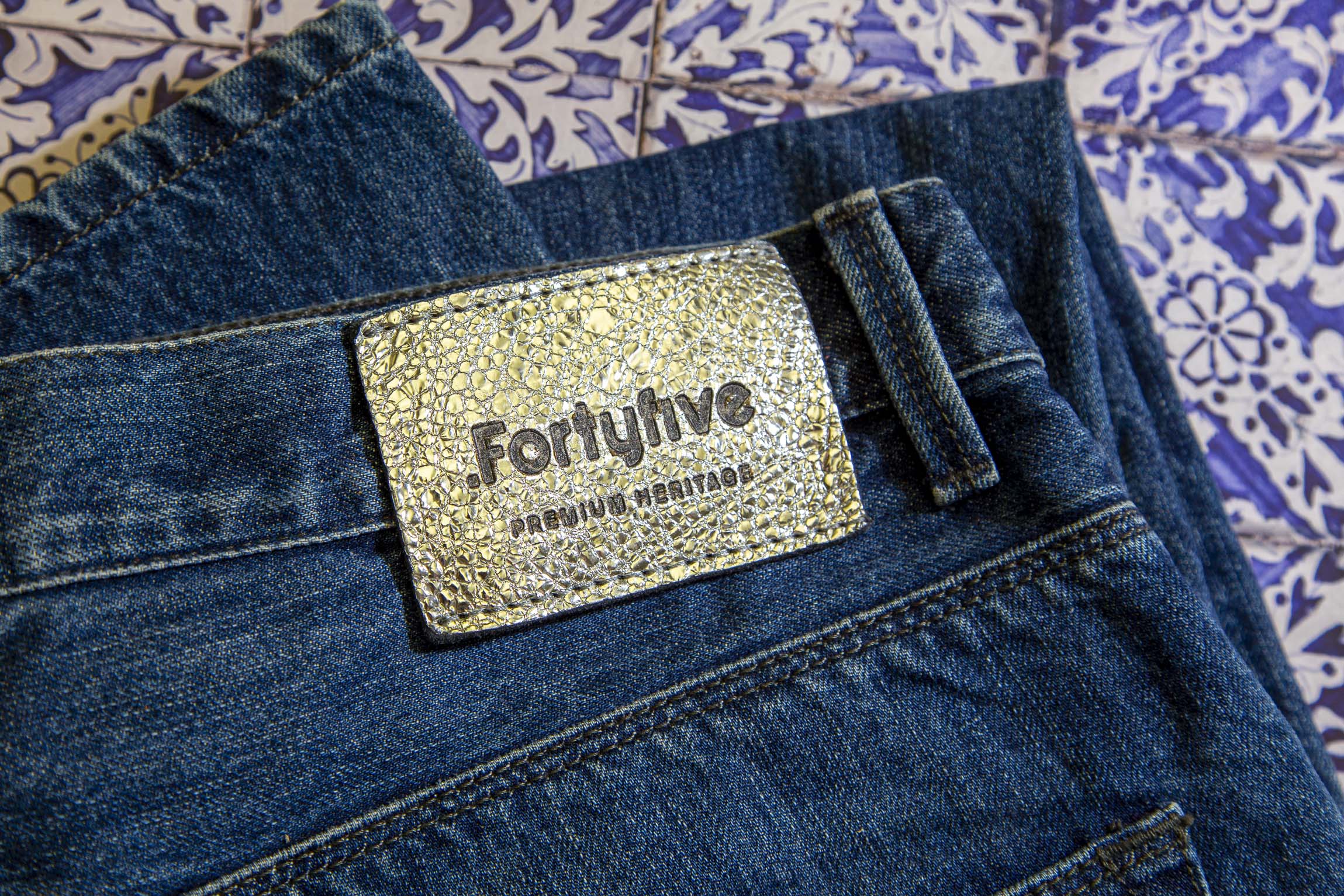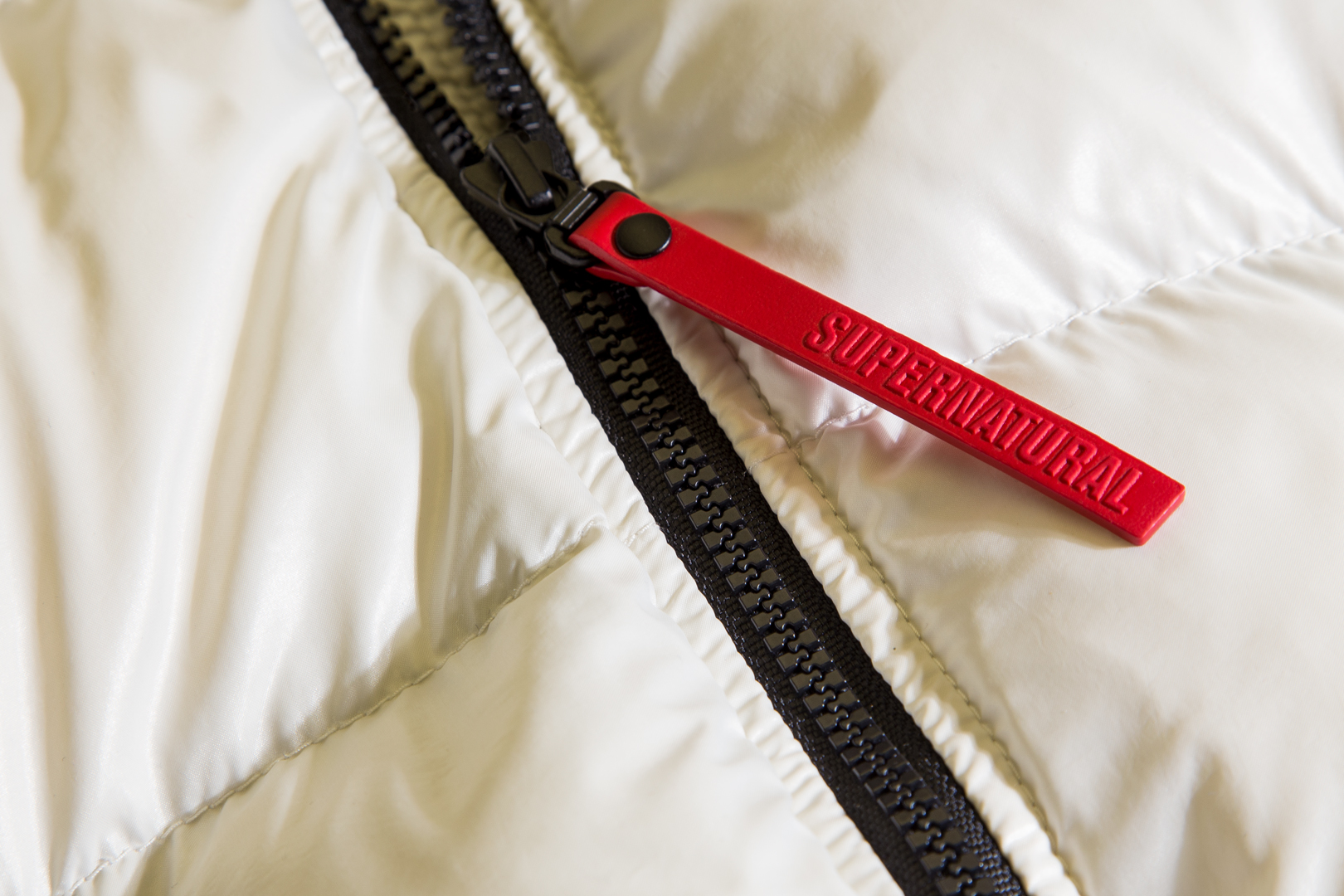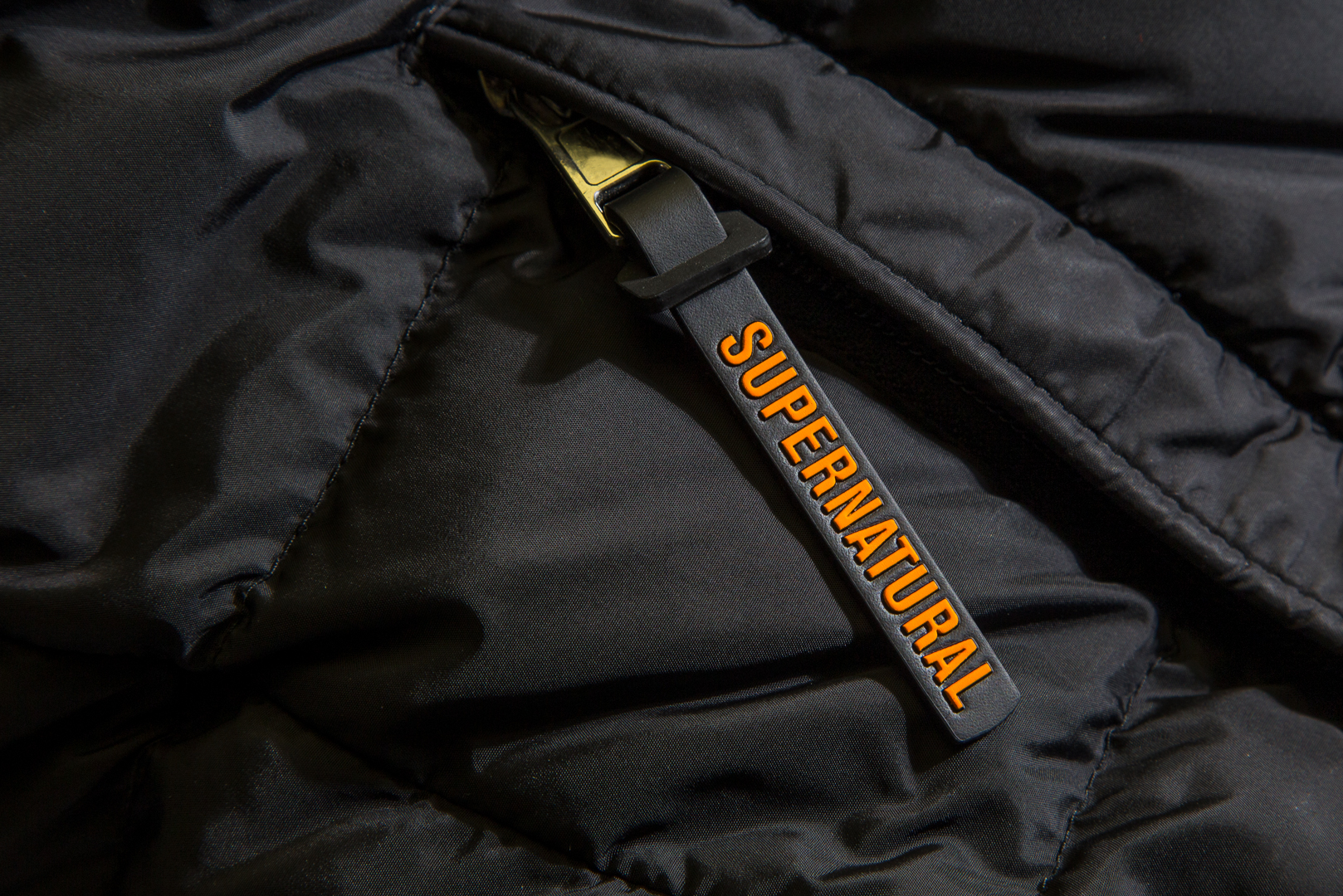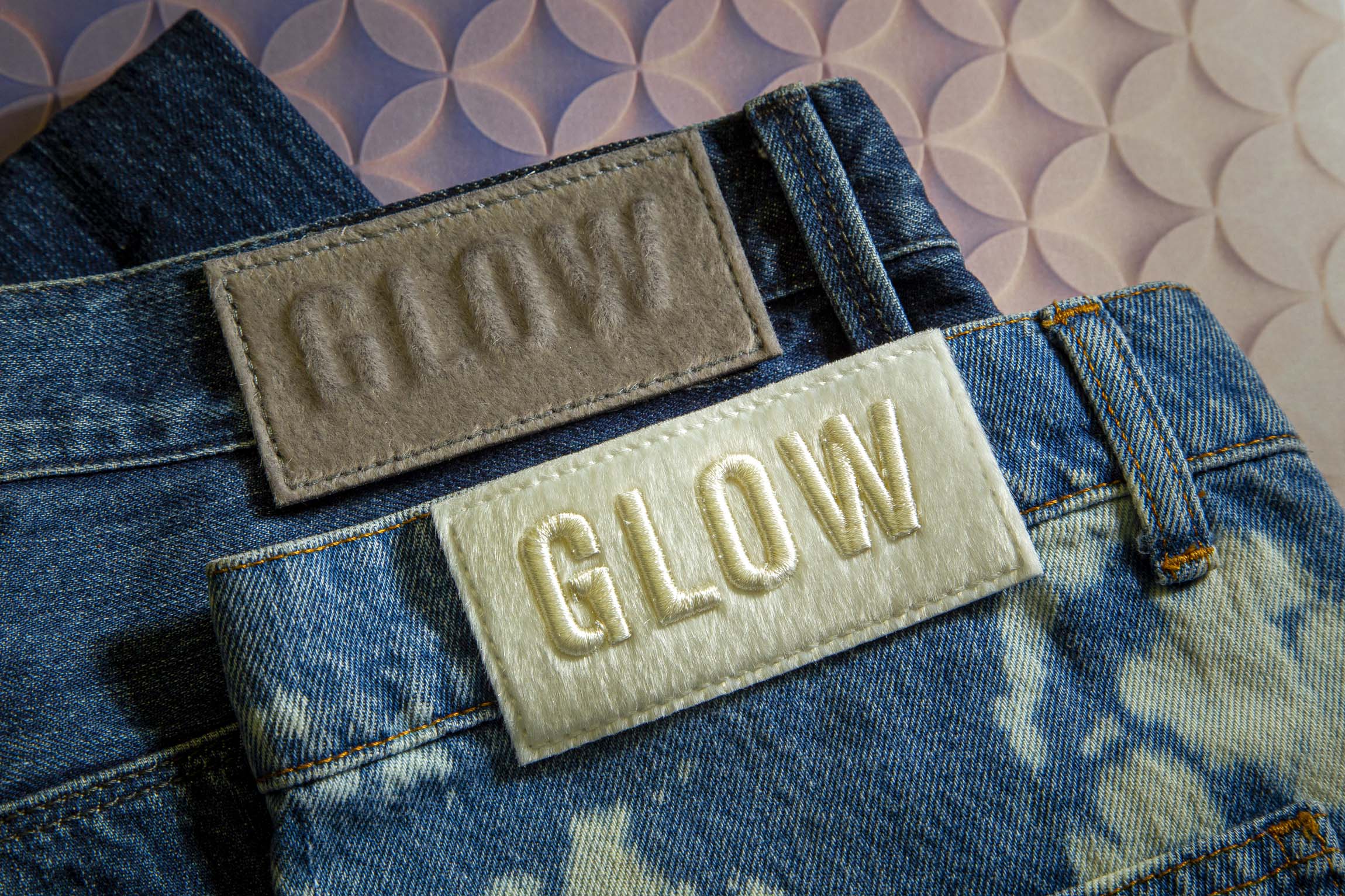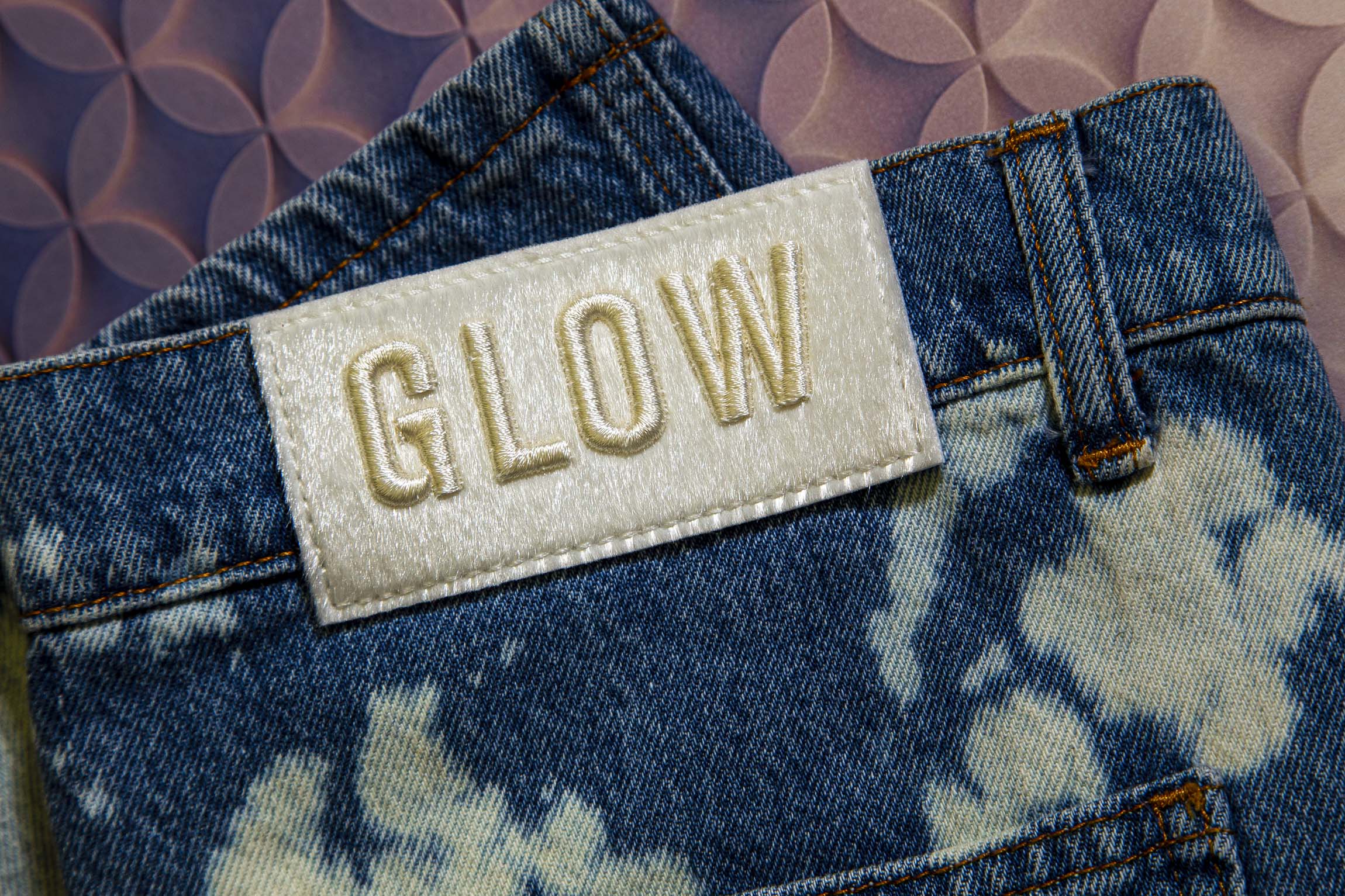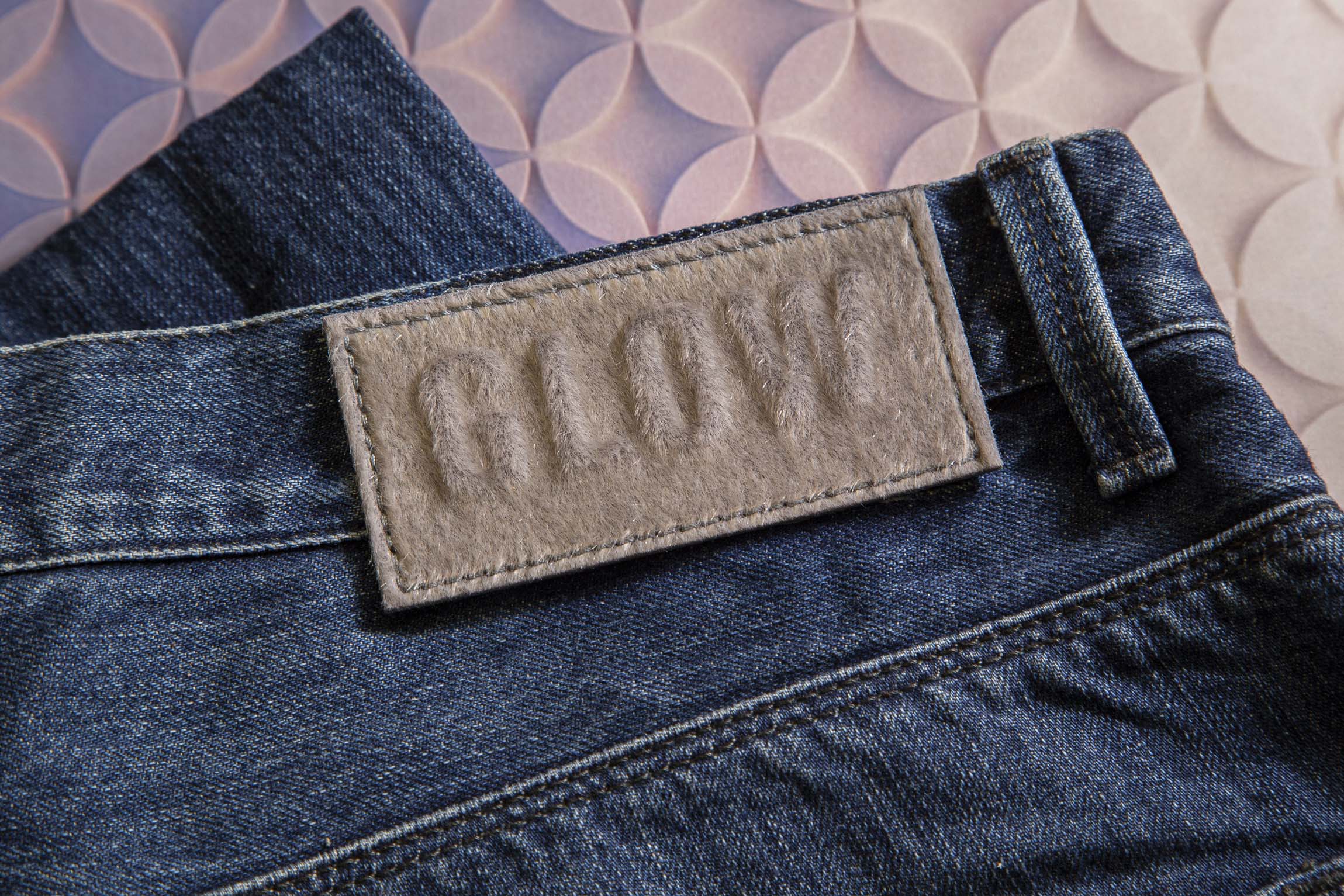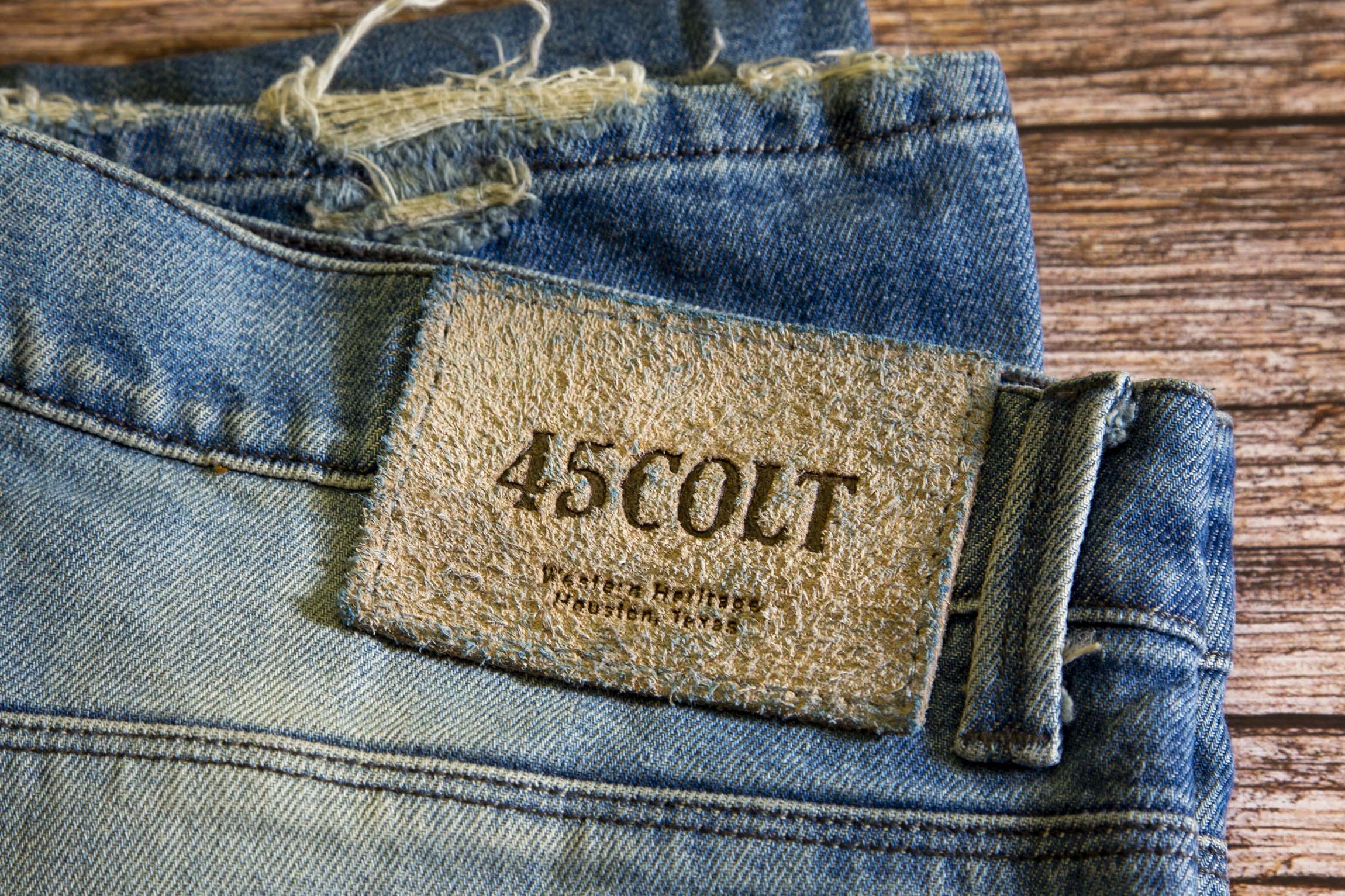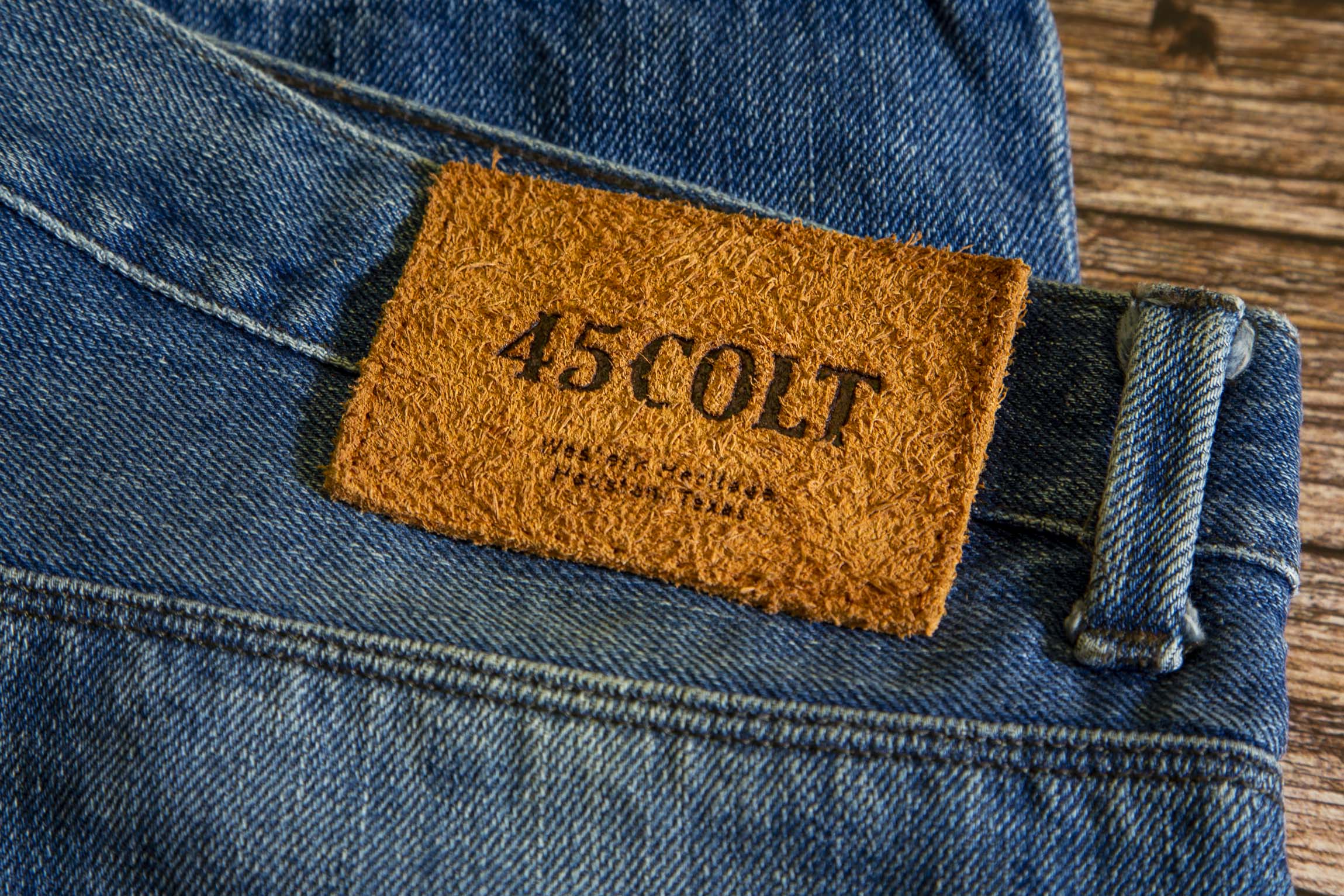The cochineal is a scale insect in the suborder Sternorrhyncha, from which the natural dye carmine is derived. A primarily sessile parasite native to tropical and subtropical South America through North America, this insect lives on cacti in the genus Opuntia, feeding on plant moisture and nutrients.
Red was an expensive color to produce in medieval times and red clothes were an important status symbol, with the result that red dyes commanded high price. Cochineal was introduced from Mexico to Europe following the Spanish expedition to Mexico in 1518.
Cochineal produced a deeper and longer lasting red than madder and therefore the cochineal red dye was very highly valued. The Spanish kept the source of cochineal secret and cochineal was thought to be a plant seed for nearly 200 years.
In the nineteenth century, when artificial dyes were developed, the production of red from cochineal declined markedly; red became very cheap to produce, and was no longer valued.
Nowadays we are going back to the origins and we are searching alternatives for synthetic colors which are polluting and harmful. Red cochineal matches the need of natural, traditional, and pure dyeing.
The secret art of obtaining colors from nature to paint objects and dye fabrics has been handed down from generation to generation. In particular, the blue color has a very long history. The woad (Isatis tinctoria) is a flowering plant which has had a key role for the spread of blue dyeing all over the world.
At the beginning ancient Egyptians were the first population to use the woad to obtain blue color, then in the late Middle Age the woad became very popular in Mediterranean countries too. In this period the cultivation of the woad became one of the most profitable trades. In fact blue was so important thanks to all the painters and artists who represented the Virgin with a blue cloak.
The woad has started to disappear with the arrival of synthetic colors, less expensive and more perfect. Nowadays we are going back to the origins and we are searching alternatives for synthetic colors which are polluting and harmful. Woad matches the need of natural, traditional, and pure dyeing.
Add a sparkly touch to your everyday life and brighten up your every step!
These labels feature a cracked laminated leather for a premium shining look. Elegant, glowing and chrome-free.
Brighten up your look!
A new way to make zipper pull has arrived! Can you imagine to realize a zipper pull from corn and wheat? Now it’s possible. Same look of the rubber ones but with an incredibly lower impact on the planet. Bio based zipper pulls made with Viridis® Active are the solution to reduce CO2 emissions, and reduce the use of fossil polyurethane. Certifications such as OEKOTEX, USDA and FSC are just additional values to your zipper pulls.
These imitation pony skin labels are engineered to have the appearance and warmth of horse hair. Soft and silky hair, 100% animal free.
Boost your creative ideas!
A classic with a makeover.
A label for leather lovers that have a taste for timeless quality and style. A suede leather honoring its heritage while giving a never seen before hairy facet, up with the times.
An elegant admixture of vintage memory, modernity and novelty.

